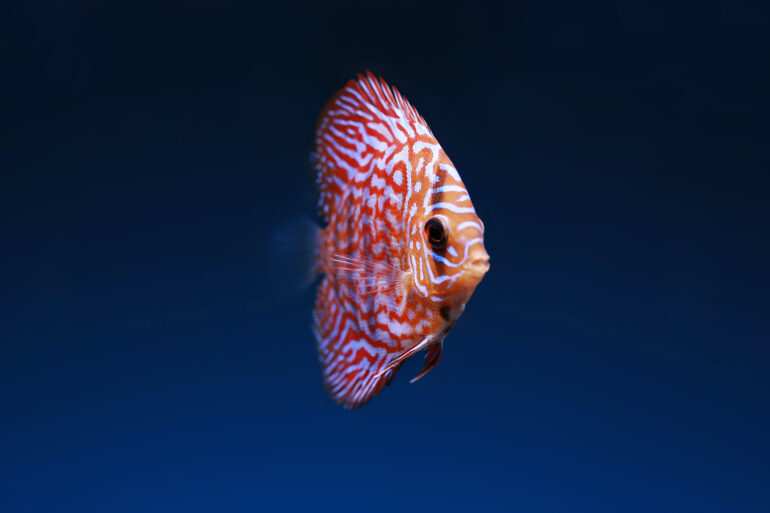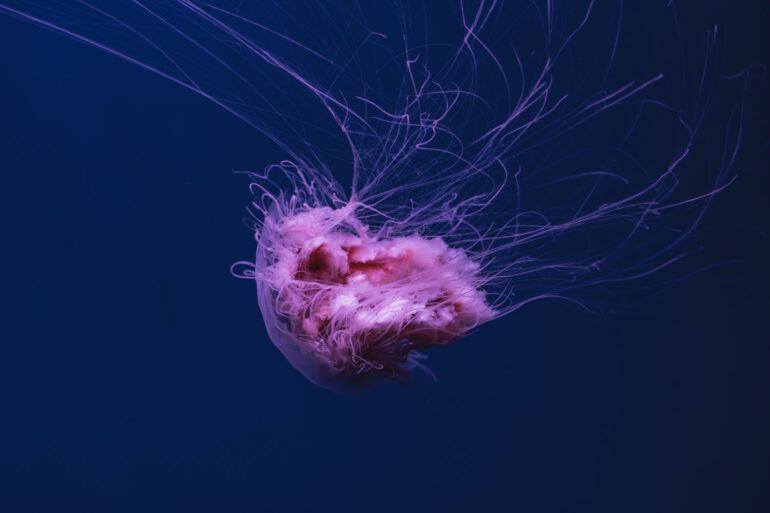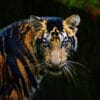Humans have historically tended to separate civilization from wildlife in a number of ways, including the legal, social, and moral senses. Some animals, however, have adapted to suburban environments. This includes such animals as domesticated cats, dogs, mice, and rats. Some religions declare certain animals to be sacred, and in modern times, concern for the natural environment has provoked activists to protest against the exploitation of wildlife for human benefit or entertainment.
Global wildlife populations have decreased by 68% since 1970 as a result of human activity, particularly overconsumption, population growth and intensive farming, according to a 2020 World Wildlife Fund’s Living Planet Report and its Living Planet Index measure, which is further evidence that humans have unleashed a sixth mass extinction event.
In November 2008, almost 900 plucked and “oven-ready” owls and other protected wildlife species were confiscated by the Department of Wildlife and National Parks in Malaysia, according to TRAFFIC. The animals were believed to be bound for China, to be sold in wild meat restaurants. Most are listed in the Convention on International Trade in Endangered Species of Wild Fauna and Flora which prohibits or restricts such trade.
This subsection focuses on anthropogenic forms of wildlife destruction
A November 2008 report from biologist and author Sally Kneidel, PhD, documented numerous wildlife species for sale in informal markets along the Amazon River, including wild-caught marmosets sold for as little as $1.60. Many Amazon species, including peccaries, agoutis, turtles, turtle eggs, anacondas, armadillos are sold primarily as food.
Others in these informal markets, such as monkeys and parrots, are destined for the pet trade, often smuggled into the United States. Still other Amazon species are popular ingredients in traditional medicines sold in local markets. The medicinal value of animal parts is based largely on superstition.
Many animal species have spiritual significance in different cultures around the world, and they and their products may be used as sacred objects in religious rituals. For example, eagles, hawks and their feathers have great cultural and spiritual value to Native Americans as religious objects. In Hinduism the cow is regarded sacred.
Animals living in the wild experience many harms due to causes which are either completely or partially natural, such as starvation, dehydration, parasitism, predation, disease, injury and extreme weather conditions.
This subsection focuses on anthropogenic forms of wildlife destruction. The loss of animals from ecological communities is also known as defaunation.
Exploitation of wild populations has been a characteristic of modern man since our exodus from Africa 130,000 – 70,000 years ago. The rate of extinctions of entire species of plants and animals across the planet has been so high in the last few hundred years it is widely believed that we are in the sixth great extinction event on this planet; the Holocene Mass Extinction.














